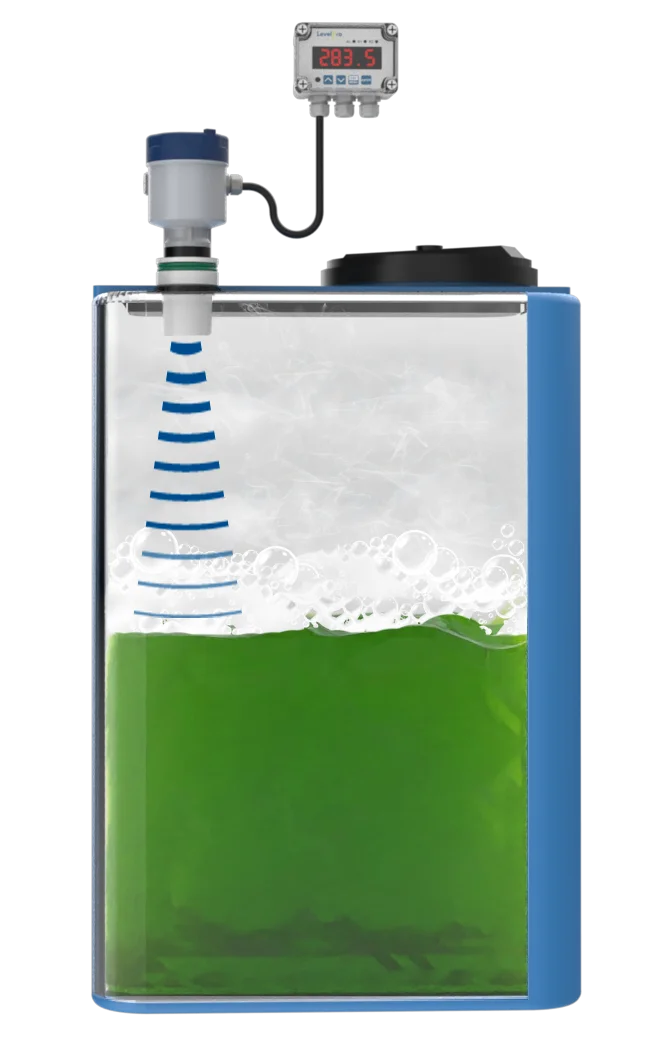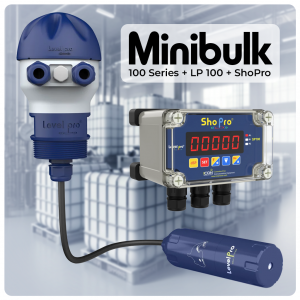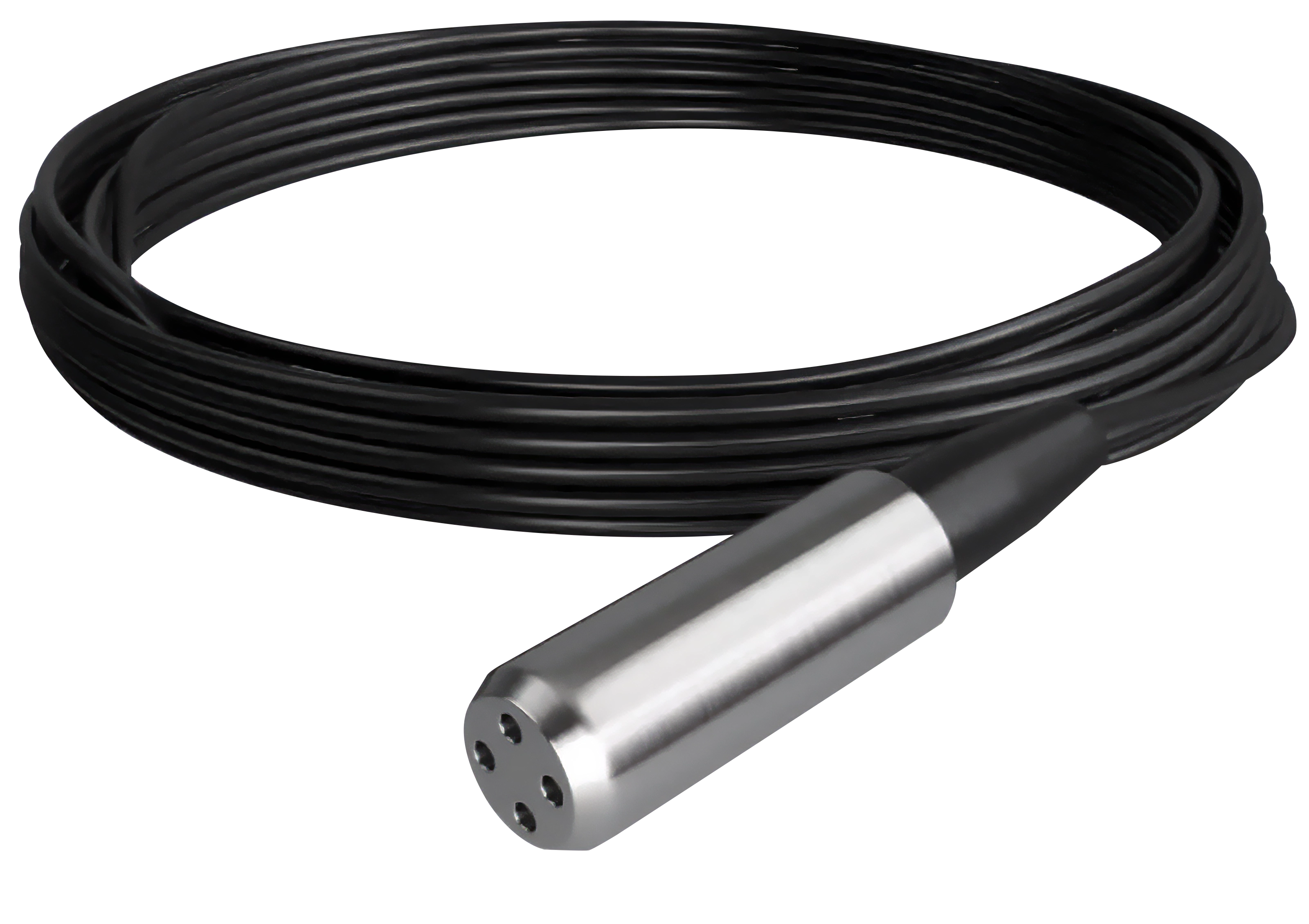Choosing the Right Radar Level Sensor: Factors to Consider for Your Application

Because of its accurate and dependable liquid level measuring capabilities, radar level sensors are becoming increasingly used in a variety of sectors. Yet, selecting the best radar level sensor for your application might be difficult.
Frequency
Radar level sensors function at several frequencies, and the frequency you select will be determined by the type of liquid being monitored as well as the size and form of the tank or vessel. Low-frequency sensors excel at detecting liquids with low dielectric constants, such as crude oil or hydrocarbons, whereas high-frequency sensors excel at measuring liquids with high dielectric constants, such as water or chemicals.
Antenna Dimensions
The size of the antenna will be determined by the size and shape of the tank or vessel, as well as the desired precision. A bigger antenna will offer more precise readings, but it may be incompatible with smaller tanks or containers.
Range
The radar level sensor’s range is determined by the height of the tank or vessel being monitored. A sensor with a greater range may be necessary to produce reliable data if the tank or vessel is tall.
Environmental Aspects
Temperature and pressure, for example, can have an impact on the operation of the radar level sensor. It is critical to select a sensor that can work under your application’s environmental circumstances.
Signal Analysis
The accuracy of the sensor measurements might be affected by the quality of the signal processing. To guarantee precise and dependable readings, use a sensor with excellent signal processing capabilities.
Options for Mounting
Radar level sensors can be positioned on the tank’s or vessel’s top or within the tank. The mounting option you select will be determined by the kind of liquid being monitored as well as the size and form of the tank or vessel
Cost
Lastly, pricing is an important consideration when selecting the correct radar level sensor for your application. While these sensors are more expensive than traditional level monitoring systems, they save money in the long run because of their low maintenance requirements and longer lifespan.
Finally, selecting the best radar level sensor for your application necessitates careful evaluation of the parameters outlined above. You may assure precise and dependable liquid level readings in your application by selecting the appropriate frequency, antenna size, range, environmental considerations, signal processing capabilities, mounting choices, and cost.
Learn more about level sensors
Please contact us to discuss your application

